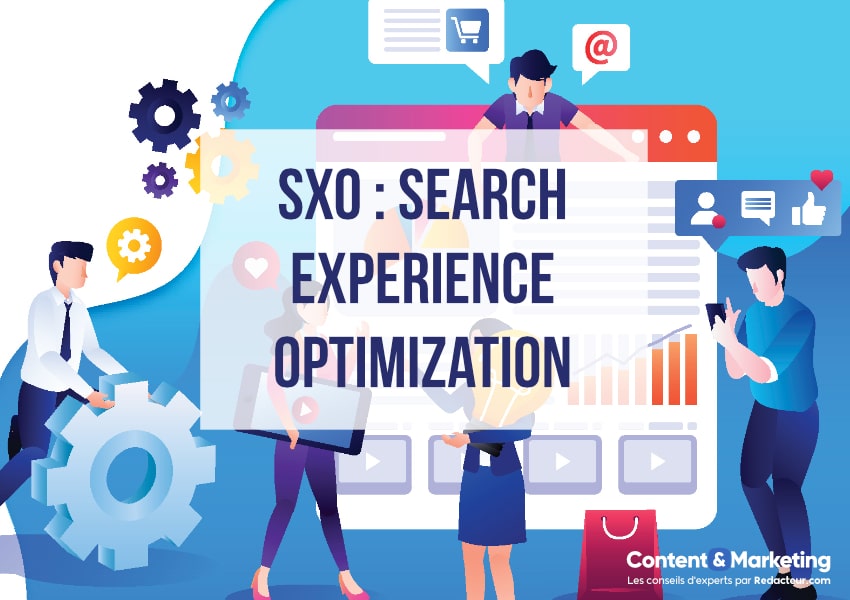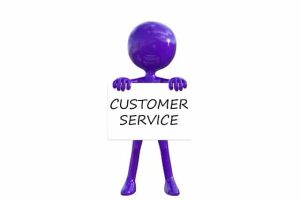How to Optimize Websites for Better Search Experience (SXO)

Search Experience Optimization
The fundamentals of search engine optimization have not really changed, search experience optimization is just like an update or advancement to the search engine algorithm which makes it focus on improving search results by prioritizing the users’ experience.
Therefore, the ranking factors should still be implemented in your website’s optimization, however, ranking on the 1st page of the search engine result page (SERP) is not the main goal but providing the best answer to the search query, to stay in high rank.
SXO: How to Implement it?
Gone are the days you can quickly rank on the 1st page of search results, even if you do, you can quickly be demoted if your website does not satisfy the user after clicking through from the search engine.
Here are some of the factors to consider and improve on your website.
- Metadata & Keywords
The snippet with the metadata of your website, which is displayed when searching in the results list, is the first point of contact between the searcher and your website.
If you cannot convince the user here that your site offers the right answer to their query, the result is already a bad UX and the searcher will not click on your site.
- Speed
Slow website loading times are a bad signal of a bad quality website. No visitor would want to keep waiting for a website that’s not loading within a couple of seconds.
Website speed is now a ranking factor for most search engines, and for you to improve your website’s users’ experience, you need to make your website load faster, usually in not more than 3 seconds.
- Ads display
Your website should not be blasted with ads. Even when the ads are relevant to your website, they should not be too much.
Too many ads on your website can distract your visitors, and affects easy navigation or make it difficult for your audience to consume your content.
- Multi-functional use
The website should be optimized for all end devices (smartphone, tablet, and desktop PC)
Most of your visitors are likely going to visit your website from mobile phones, therefore, your website should be optimized for mobile and other devices to have the same experience across different platforms.
Responsive web design and good formatting of your content contribute to a better user experience.
- Search intent
The Google search engine distinguishes between five different types of search intent that match different types of content.
- Transactional queries: These search queries show that the users intend to buy something. Common keywords in such search queries are buy, cheap, purchase, where to get, where to buy, etc.
- Navigational queries: These search queries mean that the users intend to visit a particular site or find a known seller.
- Informational queries: in these situations, the users are looking for any information, for example, who’s the CEO of Techpally, how can I optimize my website.
- Ease of use
Make your landing pages and your website easy to navigate and attractive.
Proper categorization of your contents and proper website siloing would enable your visitors to easily find what they’re looking for, and that translates to better dwell time and retention rate.
- On-Page optimization
On-page optimization should be the first factor or point to discuss but, all other factors discussed above are part of the on-page optimization.
Use proper, simple, catchy headings, and sub-heading when necessary, and add media such as images, infographics, and videos when necessary.
If the searcher has clicked on your page, it should not only be relevant in terms of content for their queries but also visually appealing, thus, the on-Page user experience is improved.





